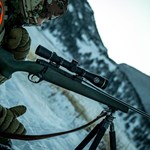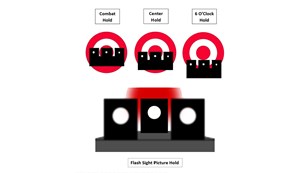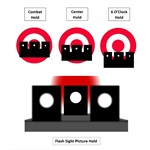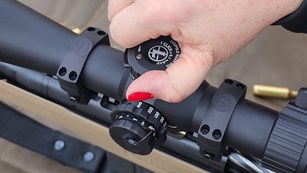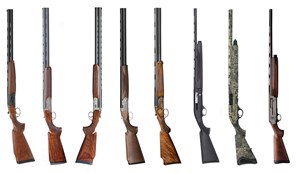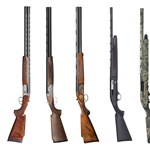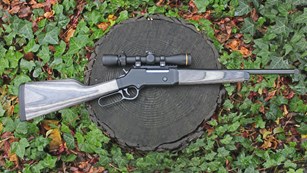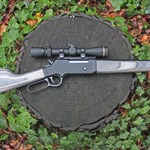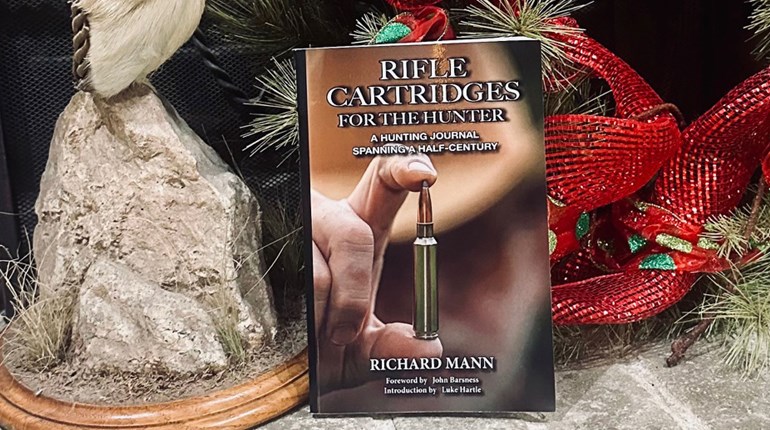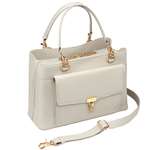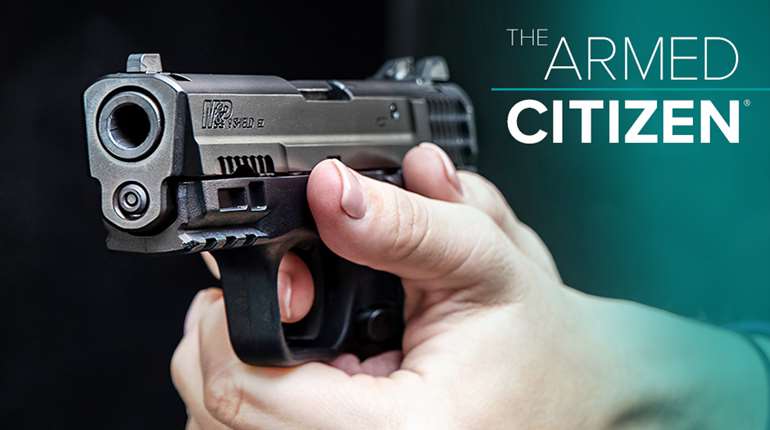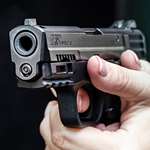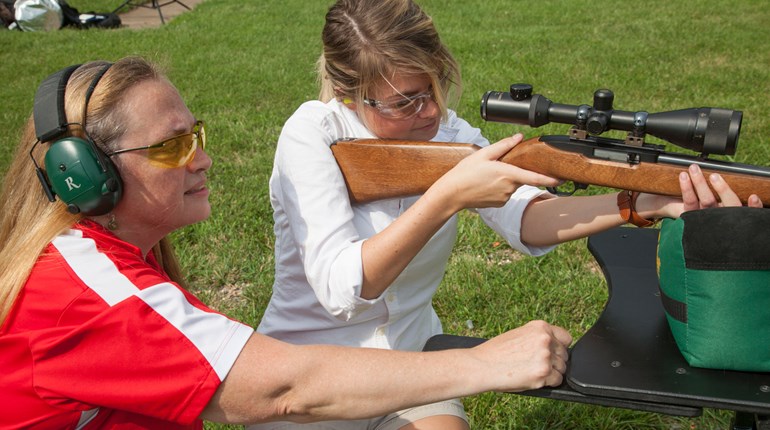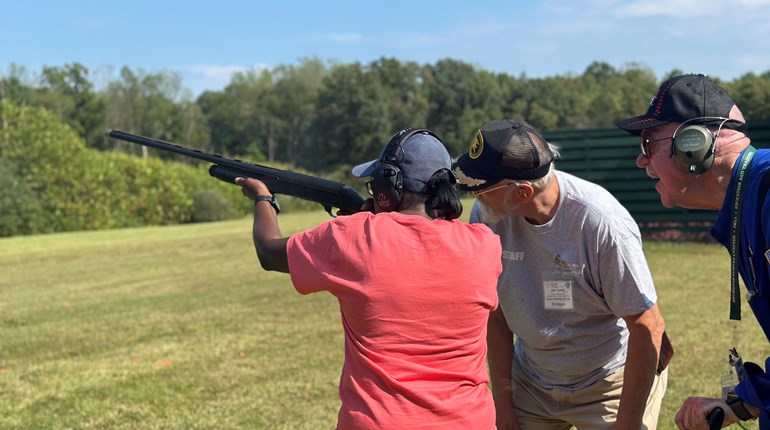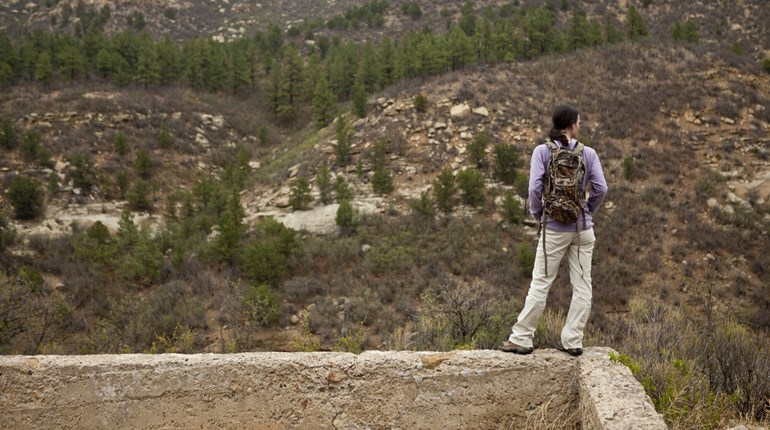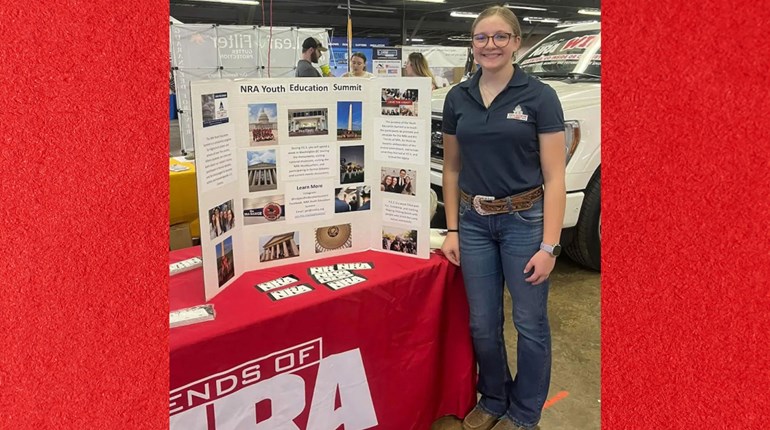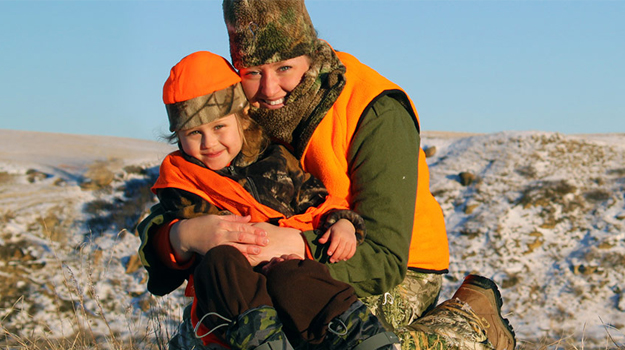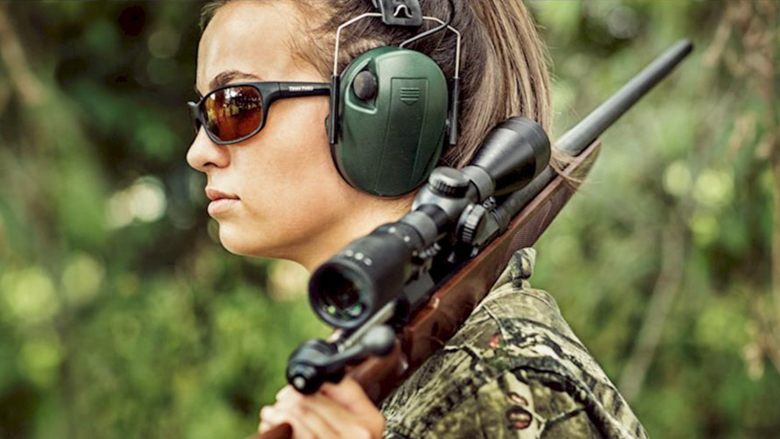
Felt recoil means something different to every shooter. Some shooters can handle felt recoil better than other individuals. The concept of felt recoil is very subjective because there is no accurate way of measuring it. It is just how the shooter perceives the actual recoil of the firearm.
There are three factors that affect felt recoil. These are firearm weight, type of ammunition and a shooter’s skills.
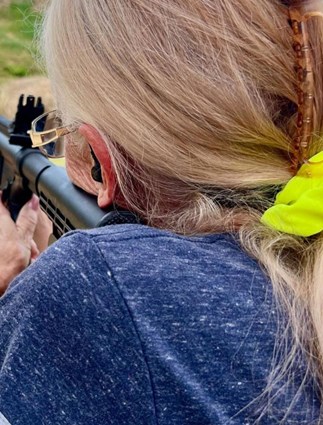
Firearm Weight
The firearm’s weight, or mass, plays a big factor in felt recoil. Many individuals opt for lightweight guns because they are easier to carry long distances. Unfortunately, lighter weight guns often cannot effectively absorb the recoil of firearms. In other words, the lighter the firearm, the harder it is going to “kick.”
Heavier guns absorb recoil much more efficiently than lighter firearms. A manufacturer develops new calibers with a specific bullet weight matched to the optimal weight of the firearm. Barrel length is also figured into this calculation. It is when we venture away from these standard bullet weights and opt for lighter firearms that we increase the felt recoil. Many shooters do not understand the relationship between a developed cartridge and the rifle for which it was designed.
When choosing a caliber and rifle combination, a little research can help you easily find out what the manufacturer designed a specific caliber for. For example, standard gun weights for small-caliber rifles, such as .223 or 5.56, are usually 5 to 6 lbs. Larger caliber rifles, such as .270 or .30-06, used for hunting big game like whitetailed deer and elk, are usually 7 to 8 lbs. The largest caliber rifles, such as .470 NE (Nitro Express) or .500 NE, used for hunting dangerous game animals like cape buffalo and elephant, are usually 10 to 12 lbs.
It is important to remember that when you increase the weight of the firearm, the recoil decreases by approximately the same percentage. For example, if you increase the weight of the firearm by 20 percent, you decrease the amount of felt recoil by approximately 20 percent.
Another way of decreasing felt recoil is to opt for a semi-automatic firearm. A semi-automatic firearm can decrease the amount of felt recoil by absorbing the energy in the action. This is done by redirecting a certain amount of energy through the action, after the trigger is pulled, to cycle the firearm before it reaches the shoulder of the shooter.
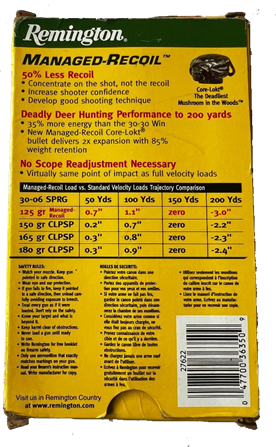
Ammunition
Ammunition is probably the biggest factor when it comes to felt recoil. The more powerful the ammunition is, the harder it is going to recoil. There are several factors that dictate the recoil from the ammunition. These are powder charge and bullet weight. The higher the charge and heavier the bullet means more velocity which in turn means higher recoil.
The choice of ammunition is the easiest way to mitigate felt recoil. Some ammunition manufacturers such as Remington make “low recoil” rounds for shooters who are more sensitive to felt recoil. Lower muzzle velocity and lighter bullets mean less recoil.
As mentioned above, a cartridge is designed around the optimal bullet weight, shot from a specific firearm weight, through a specific barrel length. There are two contemporary schools of thought on bullet size: The Jack O’Conner mindset, or the Elmer Keith mindset. Jack O’Conner believed in small cartridges pushed with high velocity. Elmer Keith believed in heavy bullets with moderate velocity.
I fall under the Elmer Keith school of thought. For example, the .270 Win was designed around the 130-gr. bullet. I prefer heavier bullets following Elmer Keith’s thoughts. As a result, my .270 Win. firearms are sighted in for 145-gr. bullets. I know because of this, the recoil will increase, and I must adjust, as far as ballistics go.
Shooter’s Skill
A shooter who is employing the proper grip and stance will feel less recoil than the shooter who is utilizing improper shooting techniques. One of the biggest problems that I see in students is when they do not pull their rifle or shotguns firmly into their shoulders before the shot. How tight a shooter pulls his or her firearm into their shoulder is referred to as “free hold” or “hard hold.”
Free hold is when the shooter does not hold his or her rifle or shotgun firmly against the shoulder when he or she discharges the gun. Free recoil is the amount of “kick” or “push” when there is no resistance when shooting free hold. This type of hold will increase the amount of felt recoil the shooter will experience. When a shooter is free holding their firearm, they are usually afraid of and anticipating the recoil and/or shooting “too much” gun.
When a military or civilian agency decides upon a specific firearm, one of the specifications is usually free recoil. For example, when Great Britain was deciding on their new military-issued rifle in the early 1900s, it set the specification that the rifle could not have more than 15 lbs. of free recoil and not more than 15 feet per second (f.p.s.) of recoil velocity. This is how the British Lee-Enfield became the standard issue for all British troops and for their colonies.
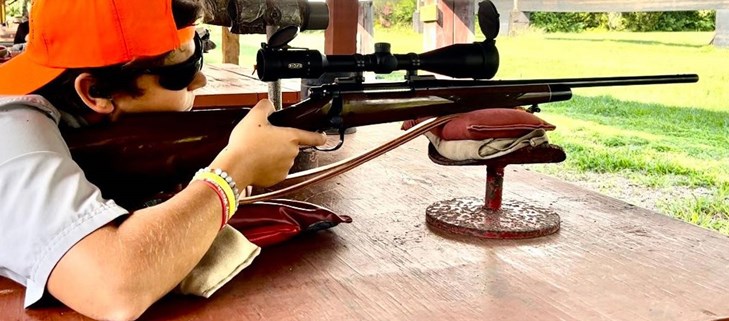
Hard hold is when the shooter pulls the firearm firmly into the shoulder. This helps to absorb some of the recoil when the firearm is shot. This is the most desirable hold because it gives the shooter more control of the firearm because there is less felt recoil. When I am instructing a student who wants rifle lessons, the lack of hard hold is the usual suspect. This tends to be difficult for most students who are planning a hunting trip with a larger caliber rifle.
Most new shooters do not want to pull their rifle into their shoulder tightly because they are anticipating the inevitable recoil. They do not understand, by pulling the rifle in tightly, they can greatly reduce the amount of felt recoil. The larger the caliber the tighter you need to pull the firearm into your shoulder. This also allows you to smoothly rock back after the shot, absorbing and decreasing even more recoil.
There are three factors that every shooter should be familiar with to help them understand recoil. These are recoil velocity, recoil energy, and propellant gas velocity.
Recoil Velocity
Recoil Energy directly relates to Sir Newton’s Third Law of Motion, which states that for every action there is an equal and opposite reaction. Recoil velocity is the initial movement, thrust, or “thump” of the rifle after the trigger is pulled, and the recoil energy is the sustained “kick” or “push” through the firearm into the shoulder.
In other words, recoil velocity occurs as soon as the projectile leaves the barrel. It is the first amount of recoil that you feel.
Recoil Energy
Recoil energy is the calculated kinetic energy transferred to the firearm, which in turn is transferred to the shooter, when the projectile travels down the barrel and out the muzzle. Recoil energy is the “kick” or “push” the shooter feels when the firearm is discharged. The recoil energy is generated by the expanding gases and the forward momentum of the projectile. After the initial “kick” or “push” (recoil velocity) it is the recoil energy that powers the sustained recoil.
After the initial “kick” or “push” of recoil from the recoil velocity, it is the recoil energy that drives the shoulder in the opposite direction or rearward.
Propellant Gas Velocity
Propellant gas velocity regarding firearms is the speed that the gases are expelled from the cartridge case or shotshell hull. These gases push the projectile down the barrel and create a rearward thrust. It is this rearward thrust that affects the initial recoil velocity and sustains recoil energy.
Propellant gas recoil is where recoil energy and recoil velocity get their energy. Once again, the higher the powder charge, the higher the felt recoil, which affects the strength of recoil energy and recoil velocity.
If a shooter is experiencing excessive felt recoil and he or she does not want to drop down in pressures or calibers, there are options. The addition of recoil pads, muzzle breaks, compensators, recoil dampers and other devices can help reduce recoil to tolerable levels for the shooter to tolerate.
Never lose sight that whenever you are using firearms, safety is always the top priority. If you are shooting a firearm that has more recoil than you can safely shoot, you are being unsafe. Period. Always use a firearm that you can safely handle. This means using a firearm that does not have more recoil than you can handle. Educating yourself on what felt recoil is and where it comes from is one of the first steps in becoming a safe shooter.

